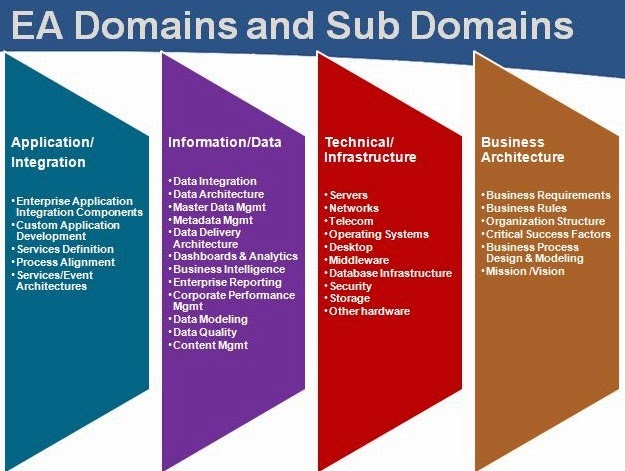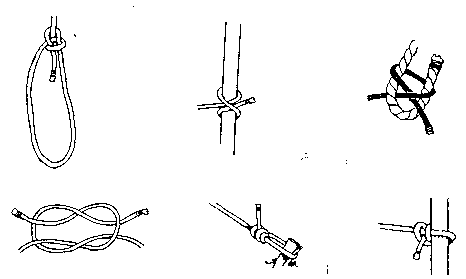Branding is important. It provides an external (or public) theme for endeavours; business endeavours, professional endeavours, organizational endeavours.
Personal branding has become increasingly important in the networked age where the communications technology (read: Internet) reduces the barriers to promote and communicate brand, even personal brand.
I have gone through my personal branding exercise a few times in the past, and what I now find most interesting is what the feedback loop in my network sees as my brand... when I traverse the keywords/themes that myself and Google+, LinkedIn, Klout, and other social media have tagged to my respective profiles I am left with the personal branding of; Technology, Architecture, and Education. And my network brands me much stronger in the technology and architecture realms than the educational. I know this branding assessment is somewhat a self-fulfilling prophecy as I have been the one who has joined the groups, followed and friended the people and organizations, blogged about subjects, added keywords, created profiles, contributed to discussions, attended events (online or otherwise), etc, etc... but there are also data analytics going into all this. So by giving a broad sweep over ALL my connections to the network and paying attention to the keywords getting bubbled to the top by the network and the related analytics should give you an idea of how the network sees you.
 |
| How my linkedin endorsers perceive me... |
Am I OK with this? Absolutely!
Having a brand of;
Technology,
Architecture and
Education? Does my data analysed network perceive the brand I would like to be perceived with? Absolutely! Most of my professional life, over the last 15 years, has focused upon enterprise and solution architecture. I am a technologist first, with proven successes in architecture. I am also an educator with experience as college and university faculty with a number of technology projects in the edtech realm, where I have increased access to education using technology innovation and solid architectural approaches.
How do you create, alter, and promote your personal brand?
This is where it gets interesting. How do you create, alter, and promote your personal brand? This is what I believe are the steps toward branding yourself;
- What would you like to be? What is your personal brand? Create a vision for yourself.
- Be that person. Even if you are not there, yet, be that person as best you can given the real world constraints.
- Set up a Personal Learning Network (PLN) in the subject areas of your personal brand. Read, research, participate, engage, become.
- Also use traditional approaches to learning, this will also help with building expertise and grow your network.
- Write and engage with the social network, be broad with your use of tools. It is amazing what you can learn online with a well designed personal learning approach.
- Be very public with your learning. Also leverage your existing expertise and blog and engage. Curate wikipedia pages or other knowledge bases in your chosen subject area.
- Wherever you participate be sure your personal profiles are up to date within that social media.
What if you are already an expert and have an established personal brand?
- Keep going. Engage the communities and social media, share your knowledge.
- Push your life-long learning, add to your personal knowledge. Write about your learning, it is one of the best ways to commit the new knowledge to long-term memory.
- Continue to curate your shared knowledge across knowledge bases.
- Be a guest blogger and seek out opportunities to write for popular sites.
- Participate in online learning forums and MOOCs.
- Don't forget that publishing is not only written. There are many ways to share; YouTube, Slideshare, Google Docs, Podcasts, etc... be sure to attach the correct keywords.
- Tweet, Message, Promote... all good.
What if you want to alter your personal brand?
- Saturate your network with the content (created and/or shared) aligned with your brand change.
- Be very public with your learning toward the brand change.
- Publish your existing and growing expertise.
- Participate as broadly as possible.
- Find the related online communities, engage.
- Curate the subjects within your this new subject domain.
- Create and add valuable new content.






